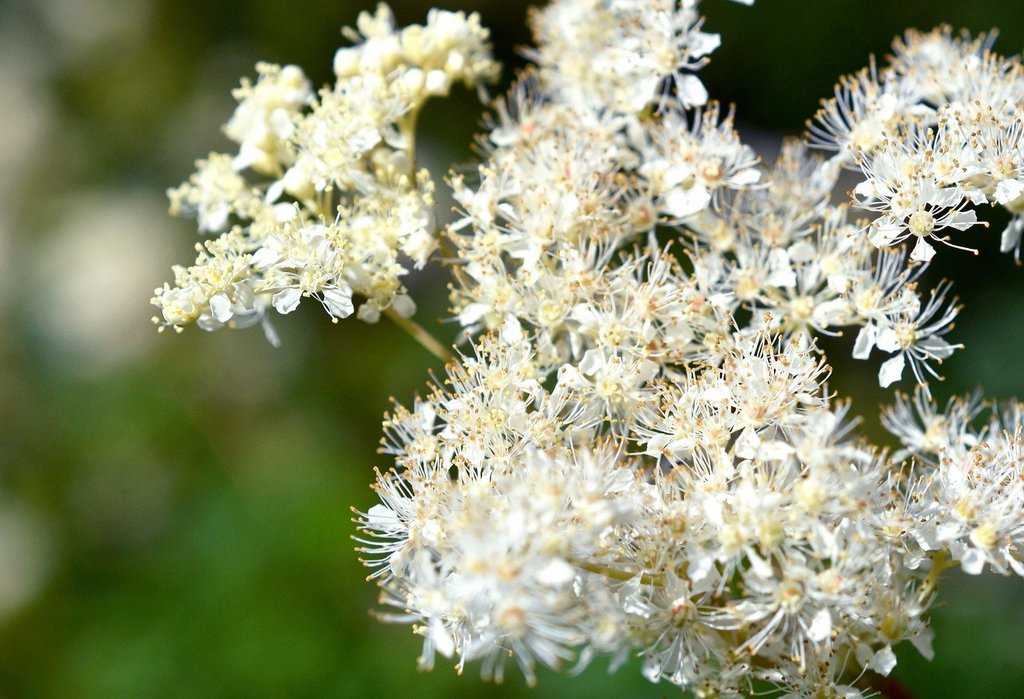
Meadowsweet Herb For Horses
Share
Meadowsweet herb for horses is an essential herb for horses with arthritis or joint issues. Filipendula ulmaria, commonly known as Meadowsweet, is a perennial herb in the family Rosaceae, which grows in damp meadows. It is native throughout most of Europe and western Asia though it has been introduced and naturalized in North America.
Other common names for Meadowsweet are Queen of the Meadow, (Spiraea Ulmaria) Pride of the Meadow, Meadow-Wort, Meadow Queen, Lady of the Meadow, Dollof, Meadsweet, and Bridewort. Meadowsweet was the favourite strewing herb of Queen Elizabeth I. Strewing herbs are certain kinds of plants that are scattered (strewn) over the floors of dwelling places and other buildings. Such plants usually have fragrant or astringent smells, and many also serve as insecticides or disinfectants.
Meadowsweet was so frequently in demand for strewing at church weddings and for making bridal garlands that it was given the name “bridewort.”

Description: Meadowsweet grows 600-1200 mm tall with reddish stems. Leaves are pinnate with 2-5 pairs of leaflets plus a few tags of the leaf along the midrib. The leaves on the flowering stem are whitish underneath, but the lower leaves are green underneath. Flowers are faintly aromatic, creamy white, 2-5 mm, 5 petalled. They have numerous long stamens in dense irregular clusters at the top of the stems. The plant dies down to the ground in winter and has little pink rootstocks which smell of wintergreen, as do the stems. The leaves do not smell.
Meadowsweet herb for horses was called the Queen of the Meadow due to its prolific nature and ability to completely dominate low lying damp meadows when allowed. Meadowsweet was derived from the earlier “meadwort” since it was once used to flavour mead. Botanically it was classified by Linnaeus as Spiraea ulmaria since the fruit consists of small spiral achenes twisted together.
Salicylic acid was first discovered in meadowsweet in 1839 and was later synthesized to make aspirin. It is now very popular in herbal remedies for animals where the use of aspirin is required to help reduce pain.

Growing
Meadowsweet is preferably grown from crown division in a rich damp soil though it can be grown from seed. Divide crowns in early autumn or early spring and set them just below the surface of the ground, set out in rows about 900mm apart. Seeds can be planted in spring.
Apply compost at a rate of 3-4 kg/square metre and water at a rate of 25-50 mm per week in summer. Meadowsweet seems to grow more vigorously in partly shaded conditions and doesn’t suffer so much from mites when grown like this. Grasshoppers also can be problematic if the plant is grown in full sun.
Harvesting
Take the first harvest of meadowsweet as it comes into flower in the summer time. There will normally be two more harvests in the season, but the re-growth will rarely flower. Usually, meadowsweet can be harvested quite close to the ground and is then dried at no more than 35 degrees Celsius. It dries quite easily.

Constituents
Meadowsweet contains Tannins (10%), volatile oil comprising, salicylaldehyde, methyl salicylate, vanillin, heliotropin, ethyl benzoate, flavonoid glycosides, vitamin c, sugars, mineral salts.
Try our Free Mover Joint Relief Formula with Meadowsweet!
Uses: dried flowers and dried root-stock. Anti-inflammatory, Anti-pyretic, (literally "against the fire") are drugs that reduce body temperature in situations such as fever. Anti-rheumatic, astringent, weak anti-spasmodic, diuretic, antiseptic.
The root is used specifically for diarrhea while the flowers are of benefit to influenza, fluid retention, rheumatism, and arthritis. It is commonly used in remedies for horses with joint problems and arthritis.
Meadowsweet is considered one of the most effective plants in the treatment of hyperacidity and heartburn. It is therefore useful in the treatment of heartburn or gastritis. Unlike aspirin, which when taken in high doses can cause gastric ulceration, Meadowsweet actually protects the lining of the inner stomach and intestines, while providing the anti-inflammatory benefits of the salicylates. The combination of salicylates, tannins and other constituents are thought to be the reason for the protection and provide the evidence that herbs are difficult to understand when we only look at the individual constituents in isolation.
Meadowsweet combines very nicely with herbs such as Devil’s Claw, willow bark and hawthorn for the treatment of inflamed joints and muscles in horses. Due to its ability to reduce acidity in the stomach and possibly the body, Meadowsweet is a great maintenance herb for healthy joints and perfect for horses of all ages. Can be used for acidity with gastritis, arthritis associated with acid indigestion and general maintenance of a healthy horse.
Buy here our Free Mover Joint Relief Formula with Meadowsweet.
